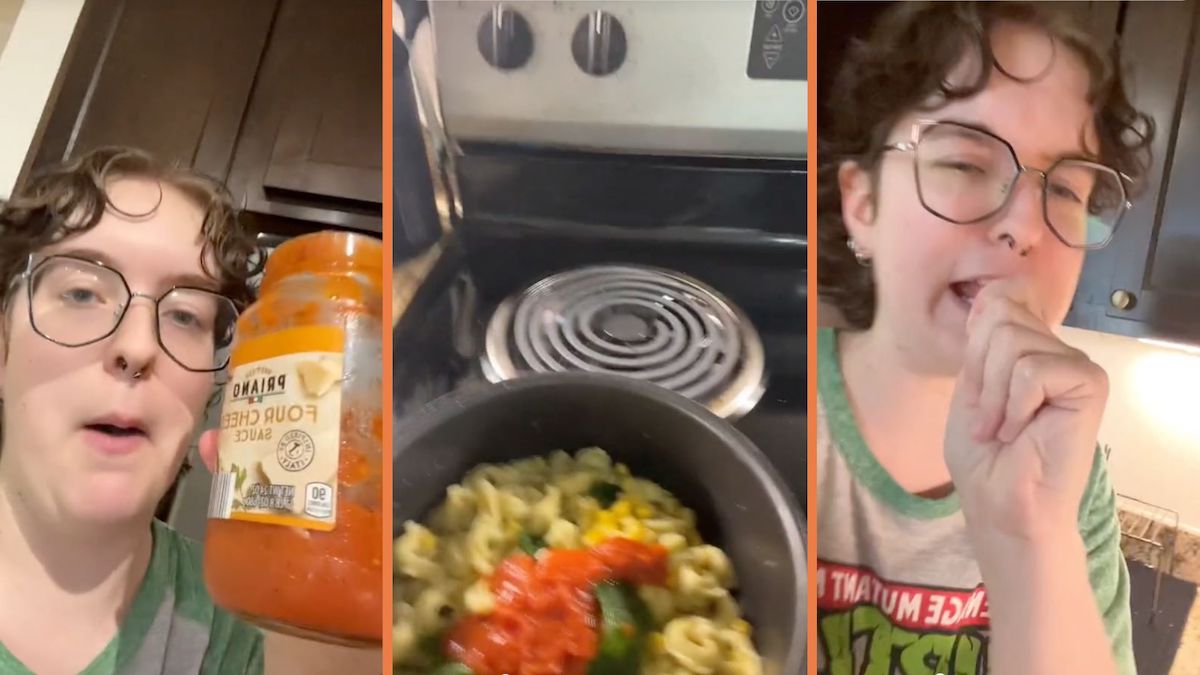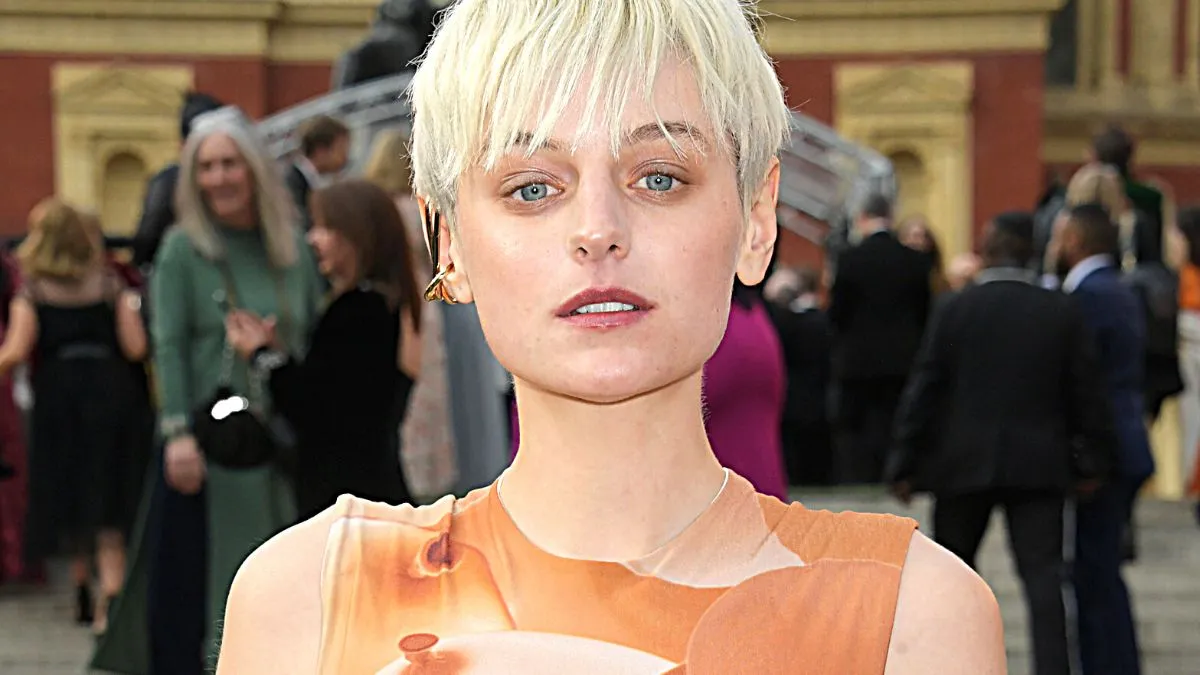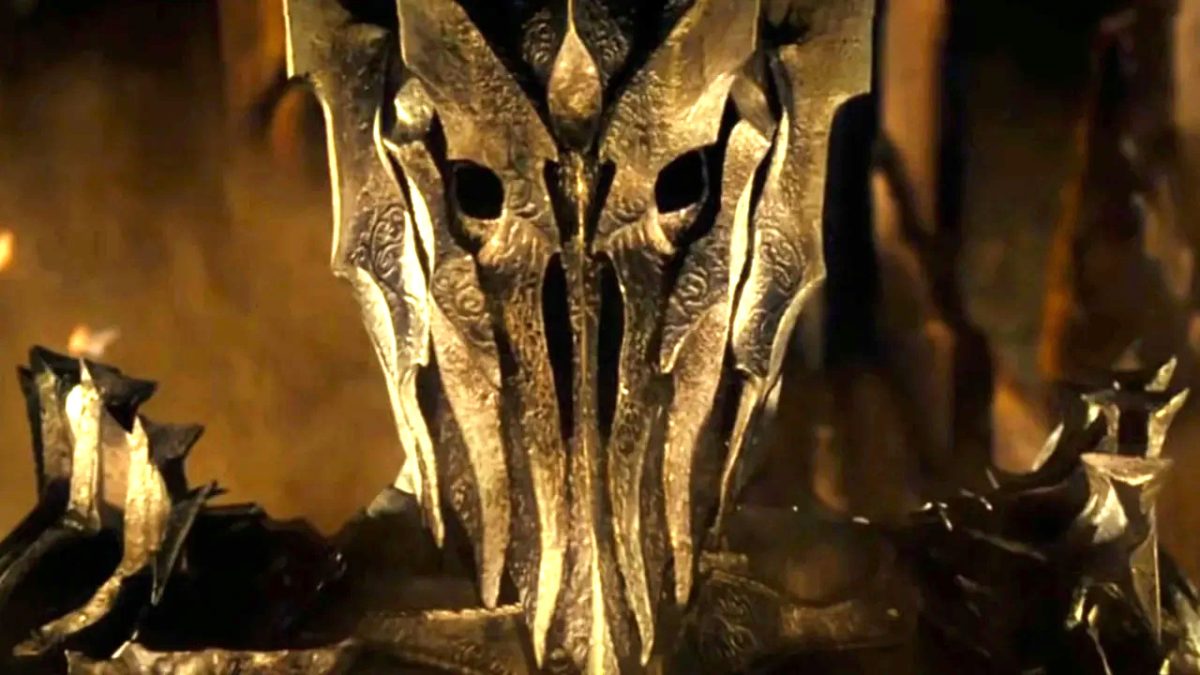
Now, this is where the game faces arguably its biggest hurdle, one it mostly clears. “Save the princess” is the trope video game storytelling was founded on; The Last of Use positioning the player as the protector of a young, innocent female ward automatically smacks of the same tired and frustrating gender dynamics that have made the medium off-putting and uninviting for many women. This has resulted in pieces like the aforementioned New Yorker critique calling the game out for being sexist, which seems a bit knee-jerk compared to how the game acquits itself on the matter. Of the twelve major speaking roles in the game, five belong to women, four of which are presented in a position of empowerment. It’s not quite parity, but Naughty Dog is making a much bigger push towards it than most media out there, video game or otherwise (women are more conspicuously absent when it comes to enemies: you’ll find female infected, implying their victimization, but none in the ranks of the hunter groups).
More relevant to the actual relationship at the center of the game, Ellie is not portrayed as being some damsel in distress, either in the story, or gameplay. Her agency is never in question during cutscenes, as she’s routinely shown making decisions with and without Joel, or getting him out of trouble. She will actively join the player in combatting enemies, and is able to save Joel from getting his throat ripped out by a zombie the same way the player can when the positions are reversed. Even the game’s lone “boss fight” is solely her responsibility to deal with (the player is controlling Ellie while she and Joel are separated, but it’s important that they’re only reunited after Ellie has killed David all on her own).
Games using a similar pairing dynamic usually either render the AI companion completely helpless (Resident Evil 4, Ico), or require some special narrative reason for the female partner to get involved in the action (Bioshock: Infinite). Ellie is neither helpless, nor in need of super powers to assert herself in gameplay or the story; she showcases superhuman levels of pluck, but the game doesn’t need to use clichés about prophetic destinies, or magical abilities to make her a character you’re interested in, care about, and are willing to believe is capable of doing horrible things in self-defense, or defense of someone she cares about.
Ellie is the actual hero of The Last of Us, and so the story itself is structured all around her character arc, and how it is affected by Joel’s. Each of the game’s four segments (split across a year’s seasons) are dedicated to moving that arc forward in intervals: summer ends with Joel and Ellie solidifying their friendship, but recognizing the very real danger threatening it. Fall climaxes with Ellie showing she’s willing to initiate, and take responsibility for the violence needed to protect that relationship. By the end of winter, the weight of that danger, and the violence needed to circumvent it all but break her spirit. Finally, when the game concludes in the spring, Ellie is ultimately responsible for the final choice in the game, the one that ends the entire experience on a dismaying note.
When the winter segment opened with me controlling Ellie instead of Joel, I had even odds on Joel actually being dead, and the rest of the game being all about Ellie –the focus on her is that strong. But again, The Last of Us is not Ellie’s story, just as it isn’t Joel’s either: it’s the story of their relationship. Joel’s concurrently running arc provides the necessary second strand of DNA to give the game an identity, but it’s the conflict between those two arcs that answers the overarching narrative question of whether or not the good things in life are worth saving if it means committing unforgivable acts to preserve them.
Ellie is responsible for the game’s final choice, but it’s one predicated on two Joel makes beforehand. After she nearly dies saving Joel from drowning in a bus (a moment that inverts Joel saving Sarah in the car during the prologue), Ellie is taken by the Firefly militia group to have the infection-resistant strand of Cordyceps growing in her brain engineered into a vaccine. When Joel finds out the surgery is lethal, he has to decide between giving the human race a possible second chance, and saving Ellie. With not a moment’s hesitation, he chooses the latter, damning humanity out of his own desire to protect the person that makes his life worth living. Just as slowly as The Last of Us is to reveal that Ellie is the story’s hero, it’s just as measured in giving us proof that Joel is its villain.
But you can sympathize with Joel’s decision in that moment, both out of caring for Ellie’s wellbeing as the hero, and for understanding why Joel might not believe humanity is worth saving. After all the hardships they’ve endured, and the things they’ve had to do themselves to survive, losing the one person Joel cares about isn’t worth letting the ruthless human race that now exists improve its odds of survival. Good things don’t come along often in this world, and if they do, you don’t give them up for someone else’s benefit. Joel’s decision to save Ellie is an entirely selfish one, but it’s one you understand, and are even a bit surprised by. Part and parcel of relationship-road-apocalypse stories is that one half of that relationship has to die (see both The Road and Children of Men) to establish a sense of finality.
Naughty Dog subverts this expectation, but still gets their downer ending, and in an arguably more depressing fashion. The final choice Joel makes is to lie to Ellie about what happened at the Firefly lab, telling her that her immunity to infection isn’t anything special, and that the Fireflies have given up on finding a cure. He’s betrayed the bond between them in order to preserve it for himself, removing Ellie’s agency in deciding her own fate, and undermining her belief that what the two went through was going to have some greater meaning. Joel may rationalize that what he’s doing is for Ellie’s own good, but he’s exploiting her trust in him to do so, despite that trust, hopefulness, and decency being the things Joel is trying to keep alive along with Ellie. She chooses to believe him, and in doing so, must now face the harsh future that Joel does, where there’s no hope for saving the world, just surviving it.
Continue reading on the next page…






